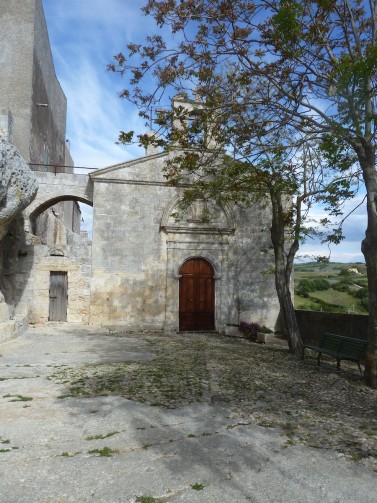The village came into existence in the 18th century when several families from Bulzi and Perfugas, after the consent of the population of Osilo, obtained permission to occupy the loggia that protected the facade of the rural church of Santa Vittoria. The original building had been built between a northern esplanade (flat ‘e supra) and a second esplanade (flat ‘e cheia), possibly the result of a pre-existing limestone quarry activity. The stable presence of inhabitants in the village prompted the Collegiate Church of Osilo to expand the ancient building. The new one was given a Renaissance-style façade and an inscription bearing 1731 with the specification dedicated to Santa Vittoria de Sa Rocca. The single-room interior is closed on the east side by a semicircular apse covered with a barrel vault. The altar at the bottom houses the shrine with the statue of the saint. Outside, along the left side of the square, there is a staircase carved into the rock to reach the upper square of quadrangular shape carved directly into the rocky bank.









